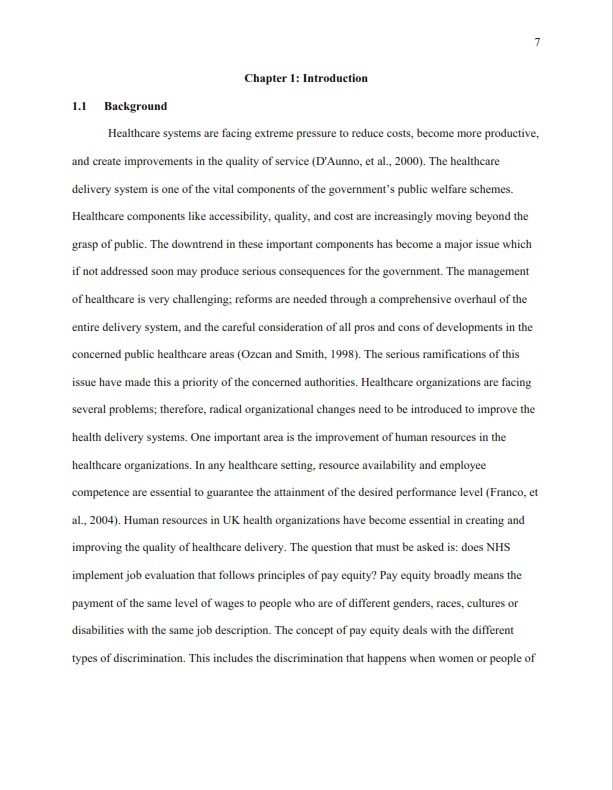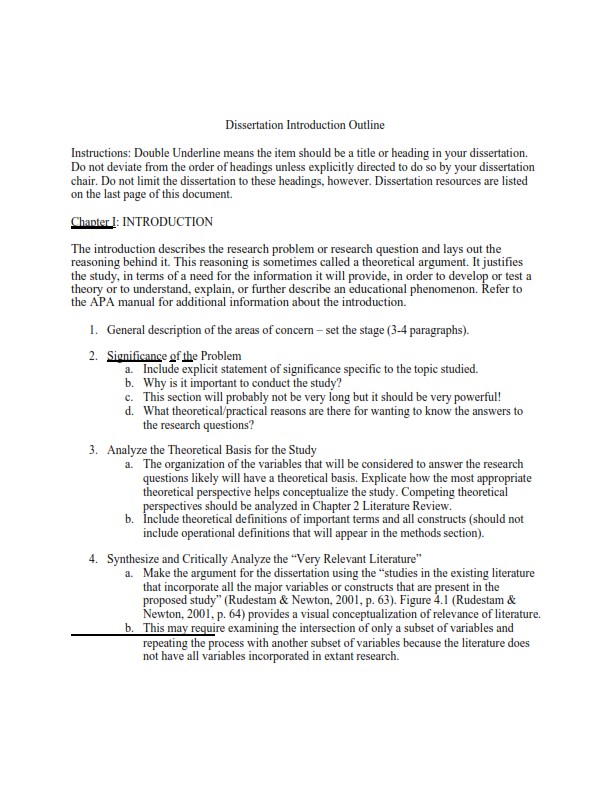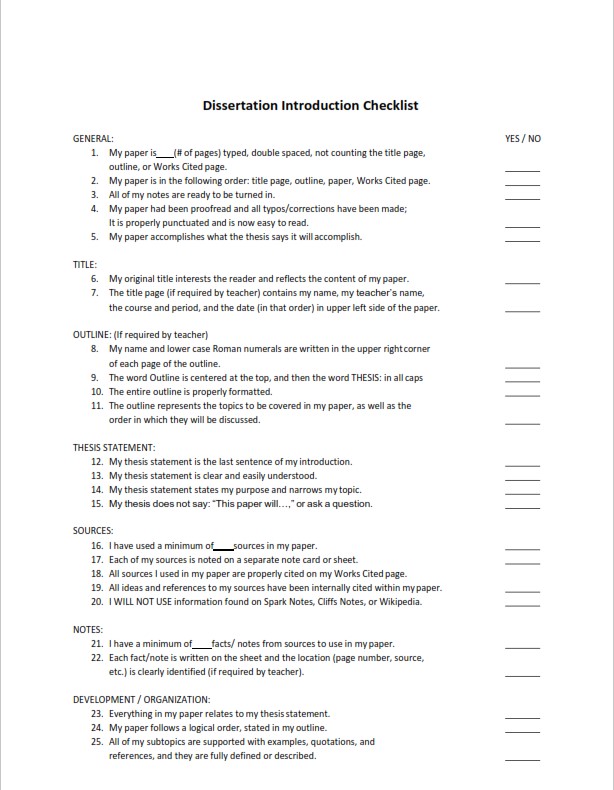Learn How to Write a Dissertation Introduction Like a Pro

Writing a dissertation is necessary for postgraduate and undergraduate programs. You must start with an attention-grabbing introduction for a great dissertation.
Therefore, the dissertation introduction should provide a brief overview of your research work. Also, leave a positive impression on the people who read it.
Are you struggling to write a great dissertation introduction? Do you want to write an engaging dissertation introduction to impress your supervisor?
Then this blog is for you! It provides structure, steps, and examples to compose an effective dissertation introduction.
Continue reading this blog and learn about writing the introduction of the dissertation.
Let’s begin!
Contents
What is a Dissertation Introduction?
When writing the dissertation introduction, you should remember that it is an opening chapter or starting point of your research work. This first chapter of your dissertation appears right after the table of contents.
Although the introduction chapter is positioned at the beginning of your dissertation, you have to complete it at the end.
Also, in this section, you describe the dissertation topic, problem statement and give an overview of the future work.
Therefore, building the background of the chosen topic will help the reader understand the topic. Moreover, it will also guide the readers to know why the research area is interesting, problematic, and important.
Also, in the dissertation introduction, you should not discuss other research work, data collection methods, and research design. Create a proper theoretical framework for your research.
Dissertation Introduction Structure
A good introduction is a part of the dissertation structure. An introduction is not complex or difficult. However, for a good dissertation, you must follow an accurate structure.
Below given is the structure of the dissertation introduction chapter
Introduction
- Give a general background of the chosen subject.
Importance of the Problem
- Explain the statement of significance specific to the topic.
- Demonstrate why you are conducting research on that topic.
Analyze the Theoretical Basis for the Study
- Include the theoretical definitions of the important terms. (Not include operational definitions).
Critically Analyze the Literature
- Create the argument using the existing literature studies. (Define in detail in the literature review section).
Problem Statement
- State the main goal of the research.
Research Questions and Hypotheses
- Write theoretical questions and hypotheses.
Here is a dissertation introduction format for your ease.
Components of Dissertation Introduction
The following are the main components of the dissertation introduction.
- Topic and Background: what does your reader need to know to understand your dissertation?
- Focus and Scope: what aspects of the topic do you highlight in the dissertation?
- Significance: how does your research impact existing work on this topic?
- Research Objectives and Questions: what is the main purpose of your research?
How Long Should a dissertation Introduction be?
The dissertation introduction length should not be more than 10% of the complete dissertation length. Therefore, you must keep the length in mind when writing the dissertation introduction.
However, you should consult your professor and inquire about the dissertation’s structure, format, or length. Since every university or department has specific dissertation requirements.
“How many words should a dissertation introduction be?”
The introduction is 10% of the total dissertation. So if you are writing a dissertation of 80,000 to 100,000 words, your introduction will be around 8,000 to 10,000 words.
How to Start a Dissertation Introduction?
The introduction of your dissertation should generally be informative. It is the first thing people read when they open up a research paper, so it's important that this part excites them enough to keep reading it at the end.
Here are some steps you should follow when writing the dissertation introduction.
-
1. Understand the Main Purpose of Your Research
It is important that you know the main goal of your research. The main purpose of your research can be to solve a problem, answer questions, or provide insight. It's important that you have an idea about the outcome before starting any project to reduce time spent on trial-and-error.
-
2. Do Some Research
To create a great introduction, you need to do some research. The more information on the subject matter, the more easily you will write. Try to gather information from reliable and credible sources.
-
3. Create an Outline
Before starting writing the introduction, create an outline. The outline should be clear and concise. It gives you an idea of what the paper will look like when it's done.
How to Write a Dissertation Introduction?
The dissertation introduction should identify the main problem and elaborate on the importance of finding a solution.
However, for a well-written introduction, you should follow some steps. For your help, we gathered some steps to help you draft the perfect introduction.
- 1. Opening Section
The introduction is the beginning of the dissertation. Like other dissertation chapters, the introduction section starts by providing a brief overview of the topic. Also, discuss what you will be covering in the dissertation.
However, this section must be clear, concise, and easy to understand. Therefore try to make it engaging and interesting for the readers.
It is good to add the four foundational sentences in the opening section of the dissertation.
- A sentence or two to introduce the overall topic of your research.
- A sentence to introduce a specific research problem.
- A sentence to state the main aims and objectives.
- A sentence to outline the overall layout of the introduction chapter.
Learning more about what a dissertation is will help you compose a good dissertation introduction chapter.
In this step, you should provide relevant background information about the topic as well as contextual factors. Also, give the readers a better foundational understanding of your research area.
Also, when writing this section, you need to keep in mind that the reader is not an expert in your field. Therefore, explain anything, especially if you use jargon and complex terminology.
After giving an overview of your research area, narrow your focus and define the scope of your research. The research problem can be an issue or a question that cannot be the agreed-upon answer in the existing research.
Therefore, when you present your research problem, make sure it is clear. Also, address what is missing in the current literature and why it is problematic.
You must make a strong argument regarding your study’s importance and significance. Show your motivation for doing this research and cover the what, why, and how your study will benefit. Also, indicate how your research will fill a gap or address a problem in the field.
You have to explore the significance of your topic and the wider implications of your argument by addressing the following questions:
- Why is this an important question or a problem in your field of study?
- Who is researching the topic to solve the issues?
- Who is affected by the topic under study? Who could be affected by the findings or main claims?
- How will the findings or results of the study contribute to your field of study? How can the results be used?
It is the most important part of the introduction. You define your research aims and objectives as well as your research questions.
Therefore, clearly state the central aim of your research. Also, you can briefly state the research methods that you used to answer your questions. However, do not go into detail if you include a separate research methodology chapter.
Furthermore, if your research aims to test hypotheses, construct them here with a conceptual framework.
Now, it’s time to discuss the limitations of your research briefly. However, don’t stress yourself; even professional research has some limitations.
Discussing the limitations is necessary so future researchers can improve the study design to minimize the limitations.
Therefore, it is a good idea, and you must mention the following four main limitations:
- Your scope
- Your research methodology
- Your resources
- The generalisability of your results
End the dissertation introduction with an overview of its structure. However, keep it clear and concise and summarize each chapter in 1-2 sentences.
Take a look at this sample and get help from them.
Dissertation Introduction Examples
Here are some examples that can help you when you are writing the introduction to your dissertation.
Dissertation Introduction Tips
Looking for some dissertation introduction tips? Well, we have the perfect list that will help you get started with your research project and make it interesting from start to finish.
- Understand the main purpose of your research study.
- Identify the limitations of the research.
- Know how to cite a dissertation in different referencing styles.
- Keep the word count in your mind.
- Clearly state the main objective and aim of your research.
Things to Avoid while Writing a Dissertation Introduction
Avoid doing the following things to write a great dissertation introduction:
- Do not overlap information from the Literature Review Chapter: You can cite sources in your introduction, but do not add extensive background information. Instead, leave it for the literature review section.
- Do not overlap information from the Methods Chapter: Provide an idea of the research methodology. Do not get into details. Leave the extensive details for the dissertation methodology.
- Do not initiate with a research question: Never pose a research question directly without providing background details.
- Do not write a lengthy introduction: The purpose of your introduction is to provide the significance and purpose of the study. Therefore, do not lengthen your introduction by adding content from other chapters.
- Do not forget to cite your sources properly: Include the in-text sources properly by following the instructions given by your institute or professor.
- Cite multiple sources in the same paraphrase using semicolons: Using multiple sources will validate your research and make your dissertation look authentic.
Hopefully, this blog must have helped you write a great dissertation introduction. However, if you need professional writer help for your research proposal, dissertation, or thesis assignment, consult GradSchoolGenius.
We offer the best dissertation writing services for all types of academic writing. So, order now and get the professionally written dissertation at affordable rates.
Frequently Asked Questions
Can I write a dissertation in a week?
Yes, you can write a dissertation within a week. However, you would need planning and the help of professionals to compose a good dissertation. This is how you can beat the time constraints by using the best strategies.
What are the five chapters of a dissertation?
The main five chapters of the dissertation are:
- Introduction
- Literature review
- Methodology
- Results
- Conclusion




